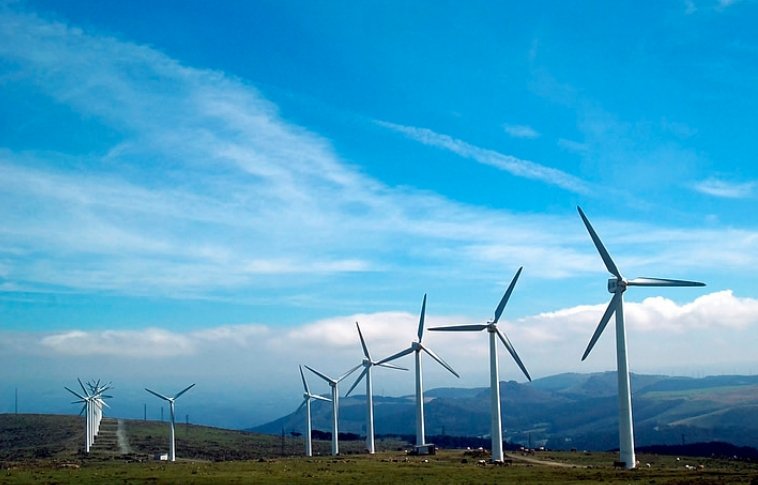Scotland has achieved a remarkable feat in its transition to a low-carbon future. According to the latest statistics from the Scottish Government, renewable energy technologies generated the equivalent of 113% of Scotland’s overall electricity consumption in 2022. This is the highest recorded figure to date and a 26% increase year-on-year.
Renewable energy boosts Scotland’s economy and environment
The impressive performance of Scotland’s renewable energy sector is not only good news for the climate, but also for the economy. Scotland’s renewable energy industry and supply chain already support more than 42,000 jobs and an economic output of over £10.1 billion.
Claire Mack, Chief Executive of Scottish Renewables, said: “These record-breaking figures are a major milestone on Scotland’s journey to net-zero, clearly demonstrating the enormous potential of our world-class renewable energy resources. We know that increasing clean energy generation leads to significant benefits for our economy and our environment.”
Scotland has a rich and diverse renewable energy resource, including wind, wave, tidal, hydro, solar and biomass. These technologies enable Scotland to harness its natural assets and produce clean, cheap and reliable electricity for its homes and businesses.
Renewable energy meets Scotland’s rising electricity demand
While renewable generation increased, there was also increased demand for electricity in Scotland during the first six months of 2022, following suppressed figures in 2021 due to Covid lockdowns. Average daily electricity demand increased to 77.3 GWh in the first half of the year, up 8% on the 2021 figure.

Despite this, renewable energy technologies were able to meet and exceed Scotland’s electricity needs, thanks to new capacity coming online and favourable weather conditions. The largest contribution came from wind power, which accounted for 72% of Scotland’s renewable electricity generation in 2022.
Energy Secretary Neil Gray said: “For the first time Scotland has produced more renewable electricity than it consumed, demonstrating the enormous potential of Scotland’s green economy. Scotland has the skills, talent and natural resources to become a global renewables powerhouse.”
Renewable energy supports Scotland’s net-zero ambitions
Scotland has set an ambitious target to reach net-zero greenhouse gas emissions by 2045, five years ahead of the UK as a whole. To achieve this, Scotland needs to decarbonise not only its electricity sector, but also its heat and transport sectors, which account for 50.6% and 24.8% of its energy consumption respectively.
Renewable energy technologies can play a key role in this transition, by providing low-carbon alternatives to fossil fuels for heating and transport. For example, heat pumps, district heating networks, hydrogen and biogas can reduce emissions from buildings, while electric vehicles, hydrogen buses and trains can reduce emissions from transport.
However, to realise the full potential of renewable energy, Scotland needs to overcome some challenges, such as grid capacity, market mechanisms, infrastructure and investment. The Scottish Government has said it is taking action to scale up renewable technologies and transform and expand Scotland’s clean energy generation sector.
Mr Gray said: “Our ambition is not only to generate enough green electricity to power Scotland’s homes and businesses, but also export electricity to our neighbours, supporting jobs here in Scotland and the decarbonisation ambitions of our partners. The significant growth in renewables will deliver a climate friendly energy system that delivers affordable, resilient and clean energy supplies for Scotland’s households, businesses and communities.”
Category: Environment
Meta Description: Scotland generated more renewable electricity than it consumed in 2022, setting a new record and boosting its economy and environment.
Slug: scotland-renewable-electricity-record-2022


















